Gardening in dry climates presents unique challenges, but with the right plant selection, you can create a thriving, water-efficient garden that brings beauty and sustainability to your outdoor space. Understanding the differences between perennial and annual drought-resistant plants is key to developing a garden that balances long-term structure with seasonal interest. This guide will help you navigate these choices, providing practical insights for creating a resilient garden that conserves water while delivering year-round appeal.
Whether you’re dealing with water restrictions, living in an arid region, or simply wanting to create a more sustainable landscape, knowing when to use drought-resistant perennials versus annuals can transform your gardening experience. We’ll explore the unique benefits of each plant type, provide examples that thrive in challenging conditions, and offer strategies for combining them effectively in your garden design.
Understanding Drought Resistance in Plants
Drought-resistant plants have evolved special adaptations to thrive with minimal water
Drought-resistant plants have evolved special adaptations that allow them to thrive in conditions where water is scarce. These adaptations vary between species but share the common goal of maximizing water uptake while minimizing water loss. Understanding these mechanisms helps explain why certain plants perform better in dry conditions and guides our selection process.
Key Adaptations of Drought-Resistant Plants
- Deep, extensive root systems that can access water from far below the surface
- Waxy or leathery leaf coatings that reduce water loss through evaporation
- Small, narrow leaves that minimize surface area for water evaporation
- Silver or gray foliage that reflects sunlight and reduces heat absorption
- Succulent tissues that store water during periods of availability
- Specialized metabolism (CAM photosynthesis) that allows plants to collect carbon dioxide at night
- Hairy leaf surfaces that trap moisture and provide shade
- Ability to go dormant during extreme drought conditions
Both perennial and annual plants can display these drought-resistant features, but they employ different survival strategies based on their life cycles. Perennials invest in long-term structures like deep roots and woody stems, while annuals often complete their life cycle quickly before drought conditions intensify.
Perennial Drought-Resistant Plants
Perennial plants live for multiple years, returning season after season from the same root system. In drought-prone areas, perennial plants form the backbone of water-wise gardens, providing consistent structure and requiring less frequent replacement than annuals.
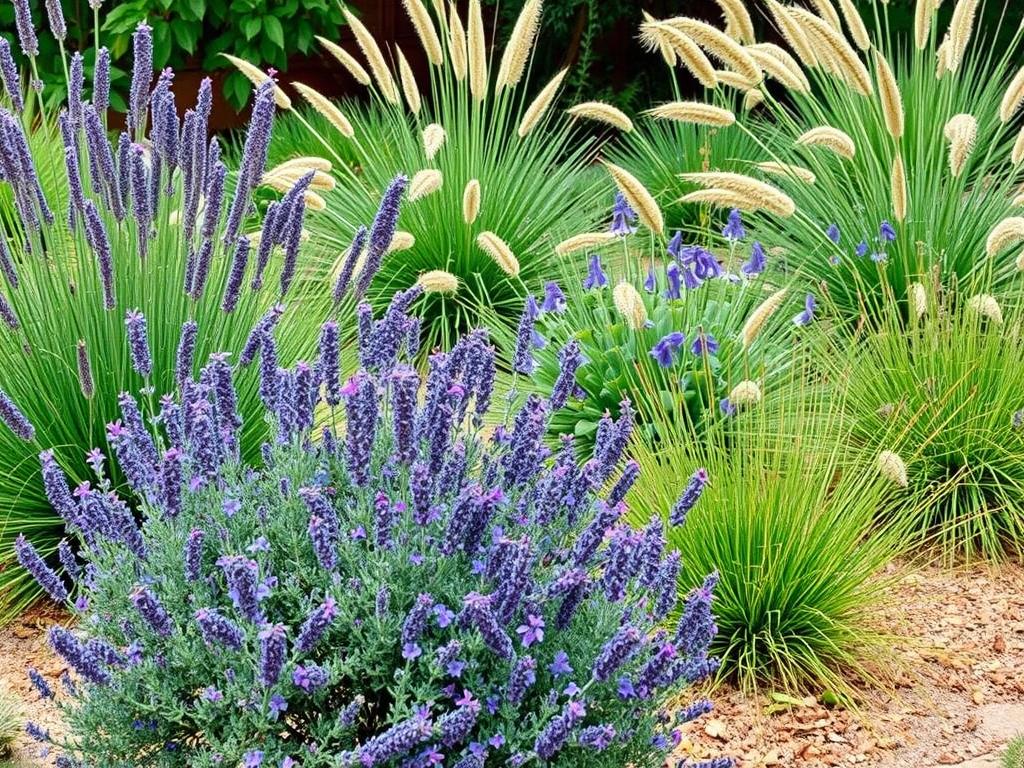
Pros and Cons of Drought-Resistant Perennials
Advantages of Perennials
- Develop extensive root systems that access deep water sources
- Require less frequent watering once established (typically after 1-2 years)
- Provide year-round structure and presence in the landscape
- Lower long-term maintenance and replacement costs
- Many offer multiple seasons of interest (flowers, foliage, seed heads)
- Stabilize soil and prevent erosion with established root systems
- Create habitat for beneficial wildlife and pollinators
Limitations of Perennials
- Slower to establish and may need regular watering for the first 1-2 years
- Generally have shorter blooming periods than annuals
- Higher initial cost per plant compared to annuals
- Less flexibility to change garden design annually
- Some may become woody or require periodic division
- May take 2-3 seasons to reach full size and impact
Top Drought-Resistant Perennials for Dry Climates
Lavender (Lavandula spp.)
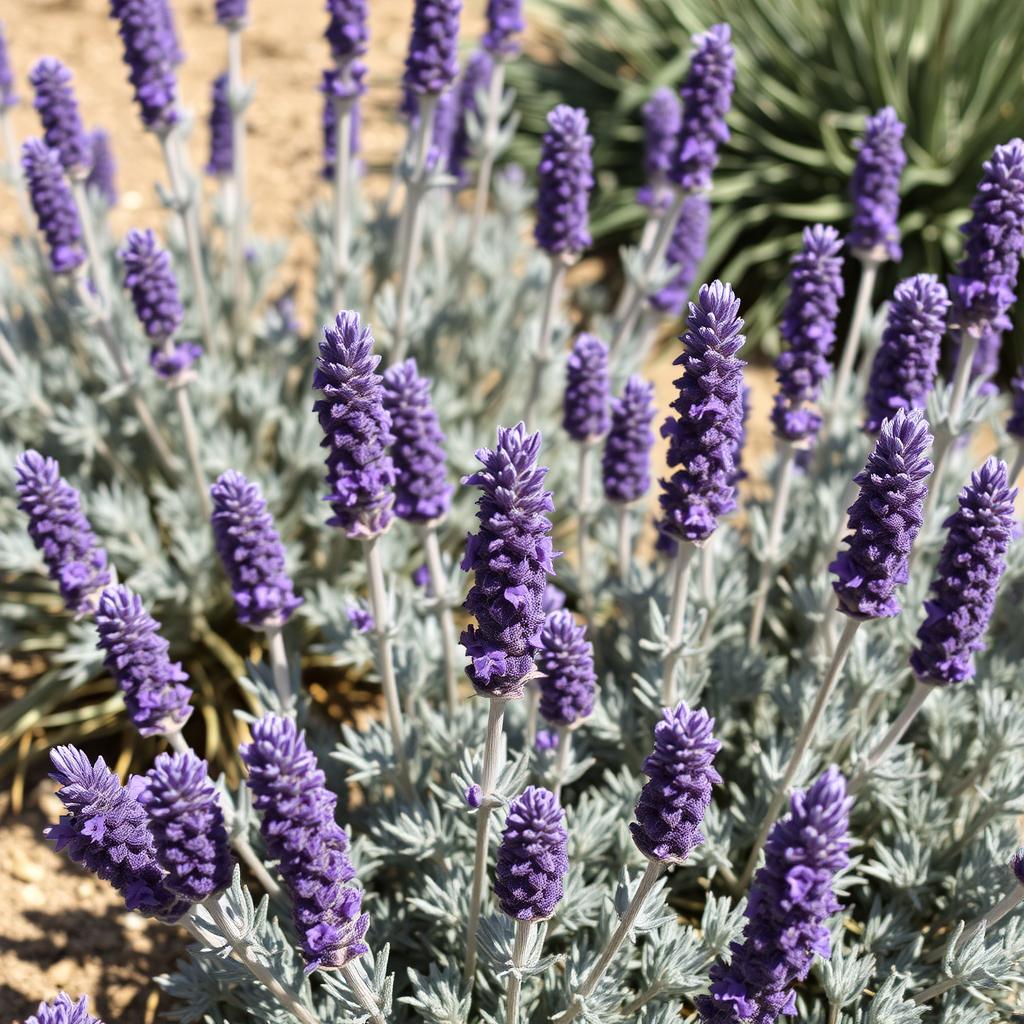
With its aromatic silver foliage and purple blooms, lavender thrives in hot, dry conditions. It requires excellent drainage and full sun. Once established, it needs minimal watering and provides years of beauty.
Russian Sage (Perovskia atriplicifolia)

This hardy perennial offers silver-gray foliage and tall spires of lavender-blue flowers. It’s extremely drought-tolerant once established and attracts pollinators throughout its long blooming season.
Yarrow (Achillea millefolium)
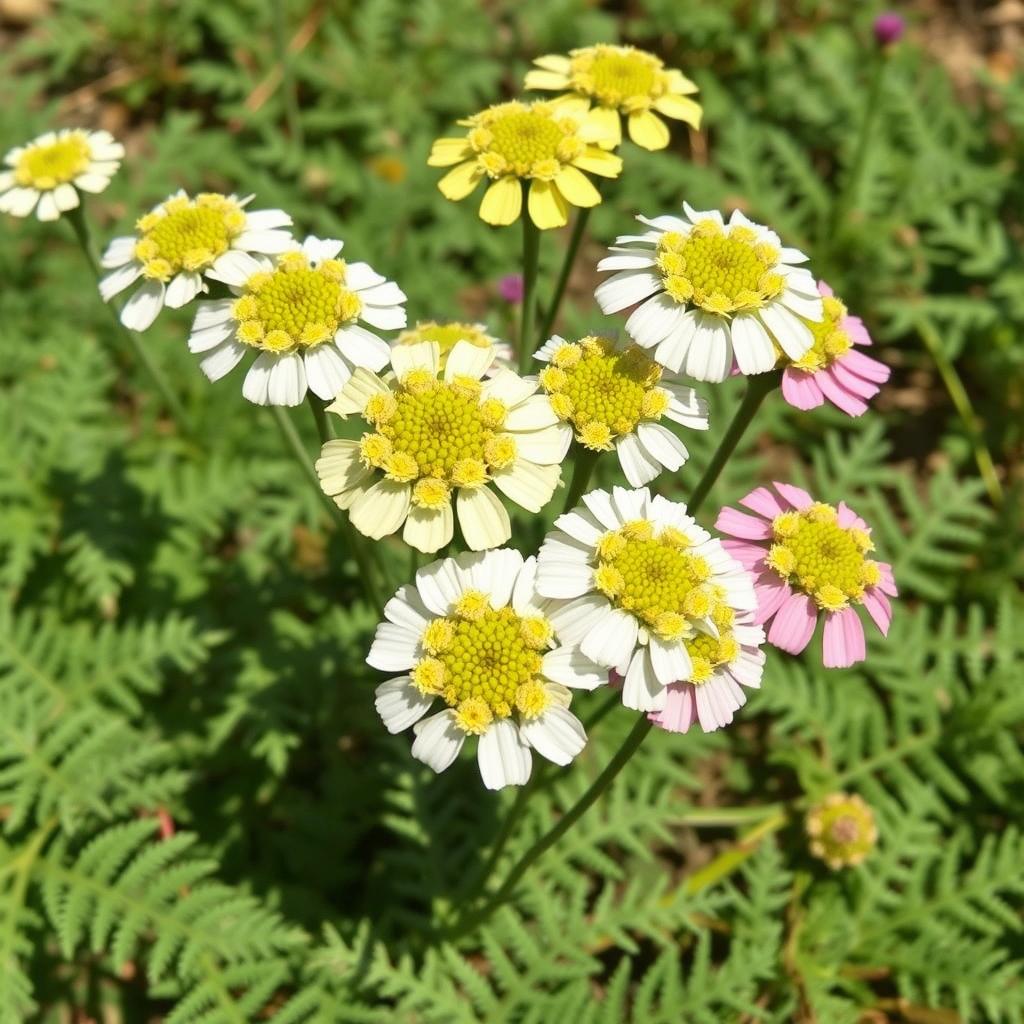
Available in colors from white to yellow to deep rose, yarrow features ferny foliage and flat-topped flower clusters. It’s extremely drought-tolerant and attracts beneficial insects to the garden.
Agave (Agave spp.)
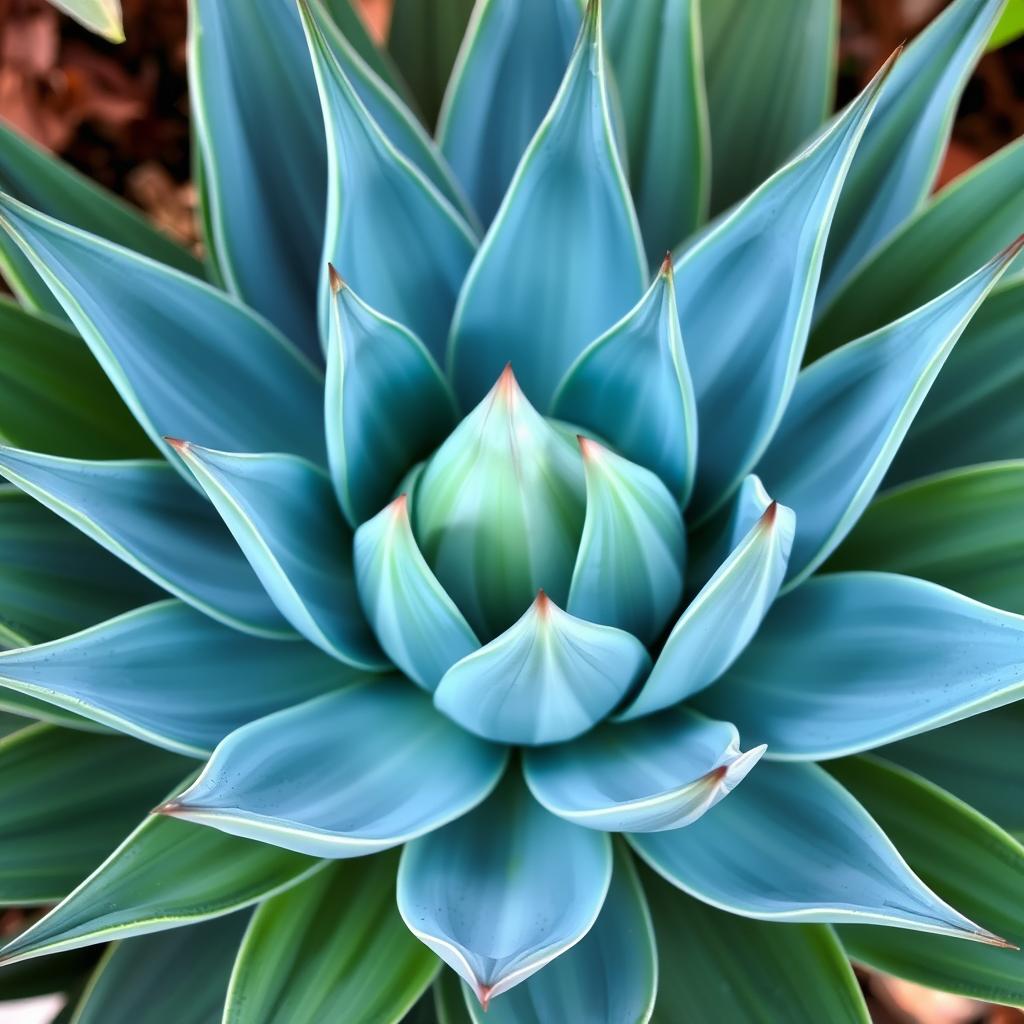
These architectural succulents store water in their thick leaves and come in various sizes and colors. Most are extremely drought-tolerant and provide strong visual impact with minimal water requirements.
Sedum (Sedum spp.)
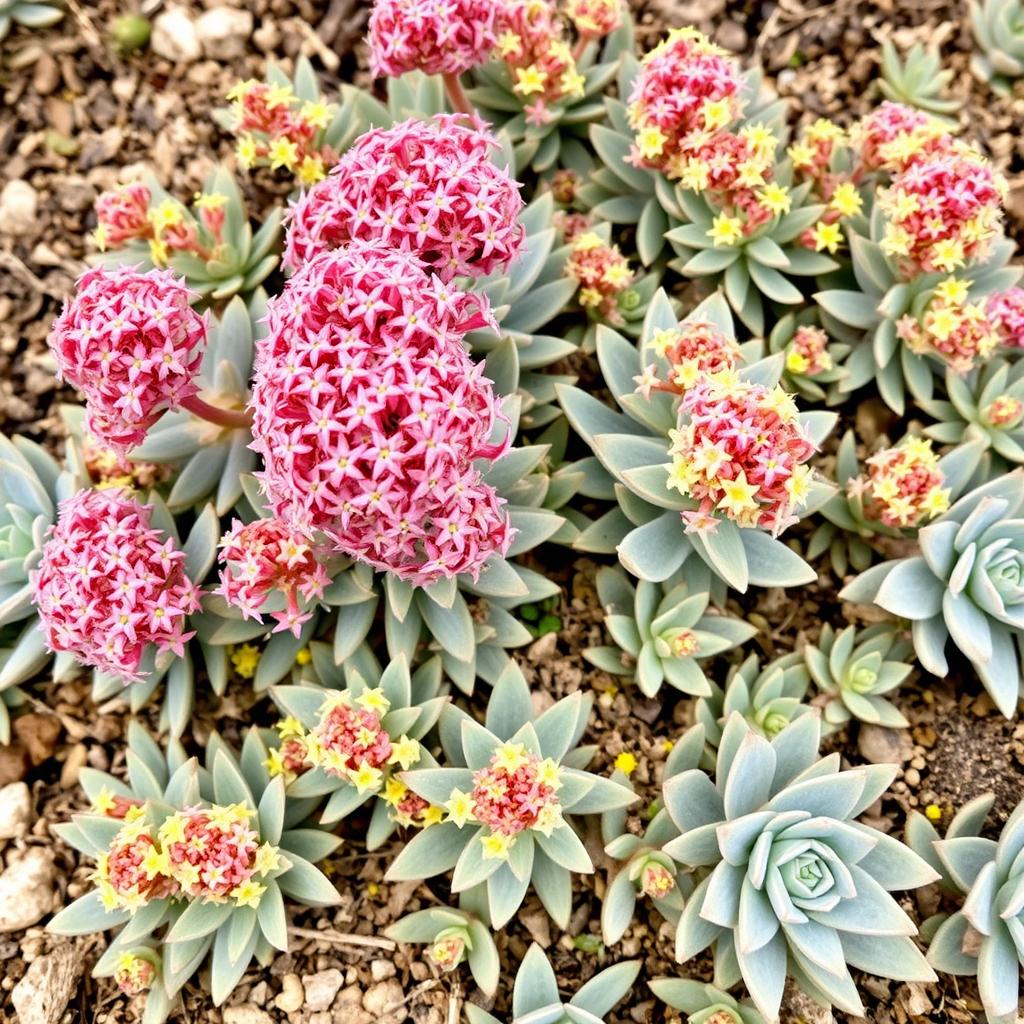
These versatile succulents range from ground-hugging varieties to upright forms. Their fleshy leaves store water, and many produce attractive flower clusters that attract pollinators in late summer and fall.
Ornamental Grasses
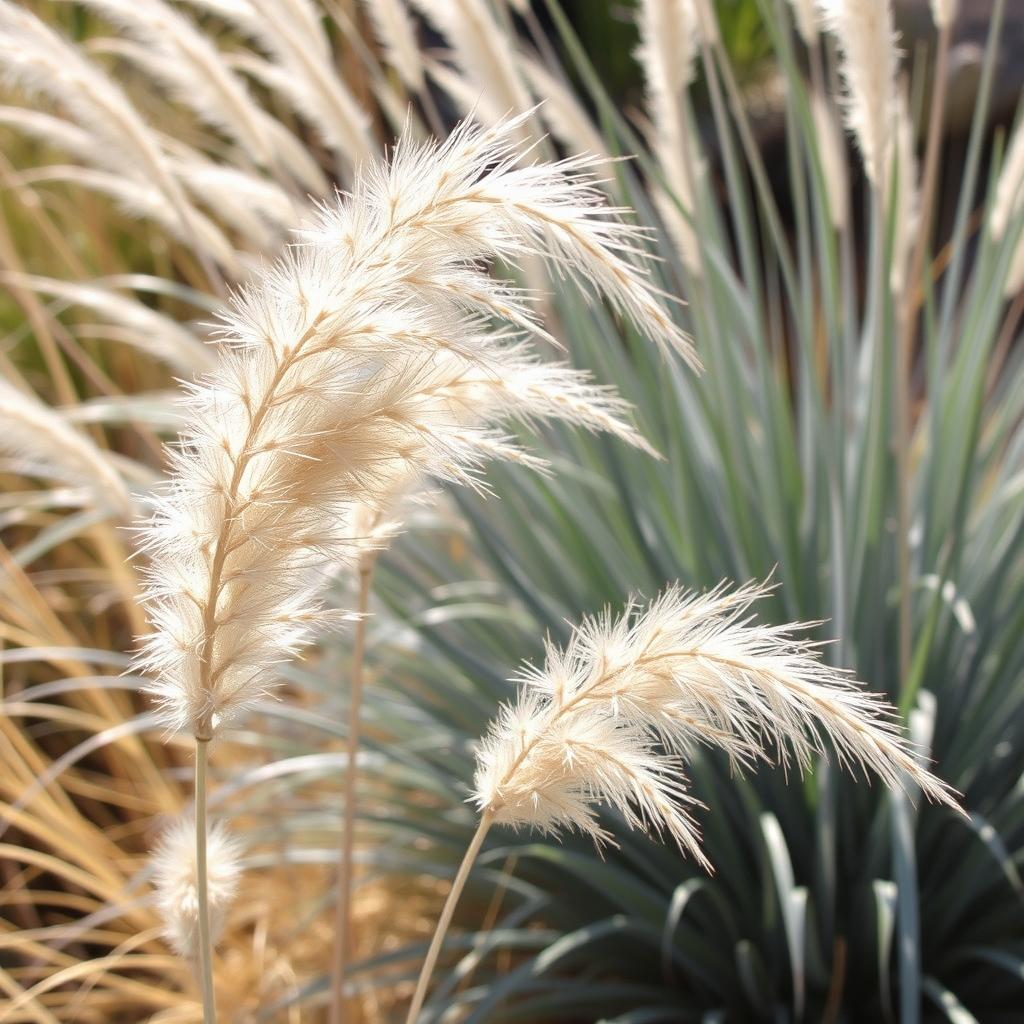
Varieties like blue fescue, feather reed grass, and fountain grass offer movement, texture, and year-round interest. Many are extremely drought-tolerant once established and provide winter structure.
Design Tips for Using Perennial Drought-Resistant Plants
When designing with drought-resistant perennials, group plants with similar water needs together. This practice, known as hydrozoning, allows you to water efficiently and prevents overwatering drought-tolerant species.
- Create a strong structural framework using larger perennials like ornamental grasses, agaves, or yuccas as focal points
- Layer smaller perennials around these anchor plants, considering their mature size and spread
- Incorporate a variety of textures and forms – combine spiky plants with mounding ones and fine-textured species
- Select plants with staggered blooming periods to ensure year-round interest
- Use rock mulch or gravel in extremely dry areas to reduce evaporation and complement the natural look of drought-resistant plants
Remember that even drought-resistant perennials need regular watering during their establishment period. Plan to provide supplemental water for the first 1-2 growing seasons, gradually reducing frequency as plants develop their root systems.
Annual Drought-Resistant Plants
Annual plants complete their entire life cycle – from seed to flower to seed production – in a single growing season. While they don’t return year after year like perennials, drought-resistant annuals offer quick color and flexibility in dry garden designs.
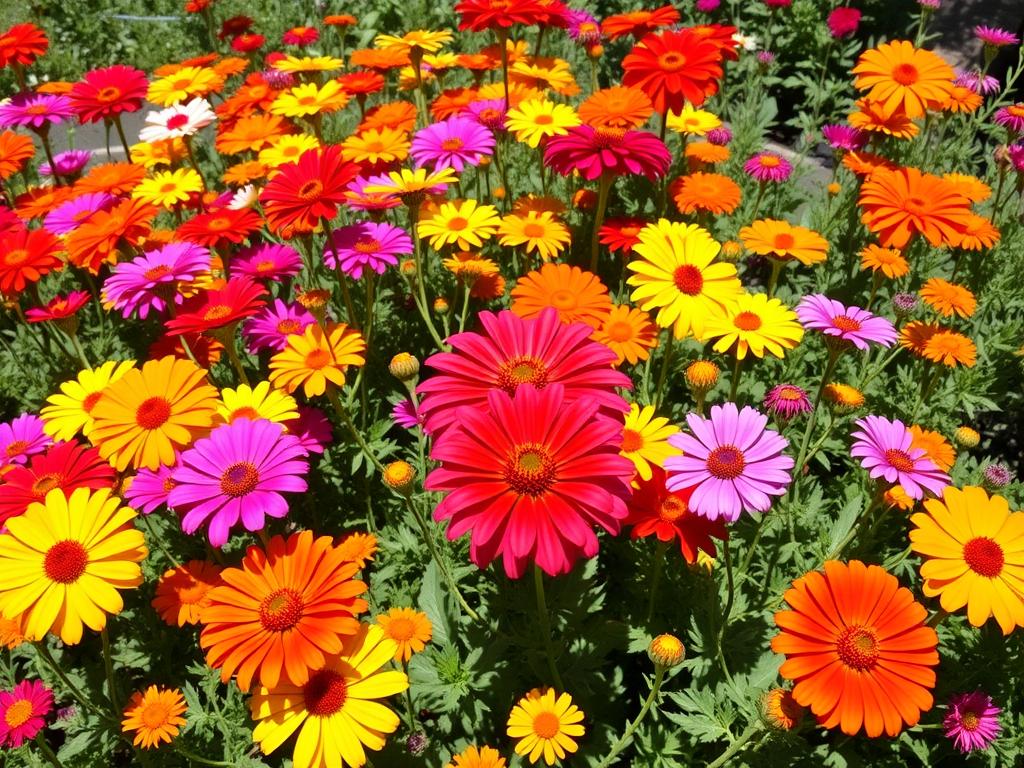
Pros and Cons of Drought-Resistant Annuals
Advantages of Annuals
- Provide immediate, often long-lasting color in the first season
- Allow flexibility to change garden design each year
- Many bloom continuously from spring until frost
- Generally less expensive per plant than perennials
- Can fill gaps while perennials are establishing
- Some self-seed, returning voluntarily in future seasons
- Excellent for container gardening in dry climates
Limitations of Annuals
- Require replanting each year (unless they self-seed)
- Generally need more consistent watering than established perennials
- Higher long-term cost due to yearly replacement
- Shallow root systems don’t prevent erosion as effectively
- Provide less winter interest and structure
- More labor-intensive over multiple seasons
Top Drought-Resistant Annuals for Dry Climates
Zinnia (Zinnia elegans)
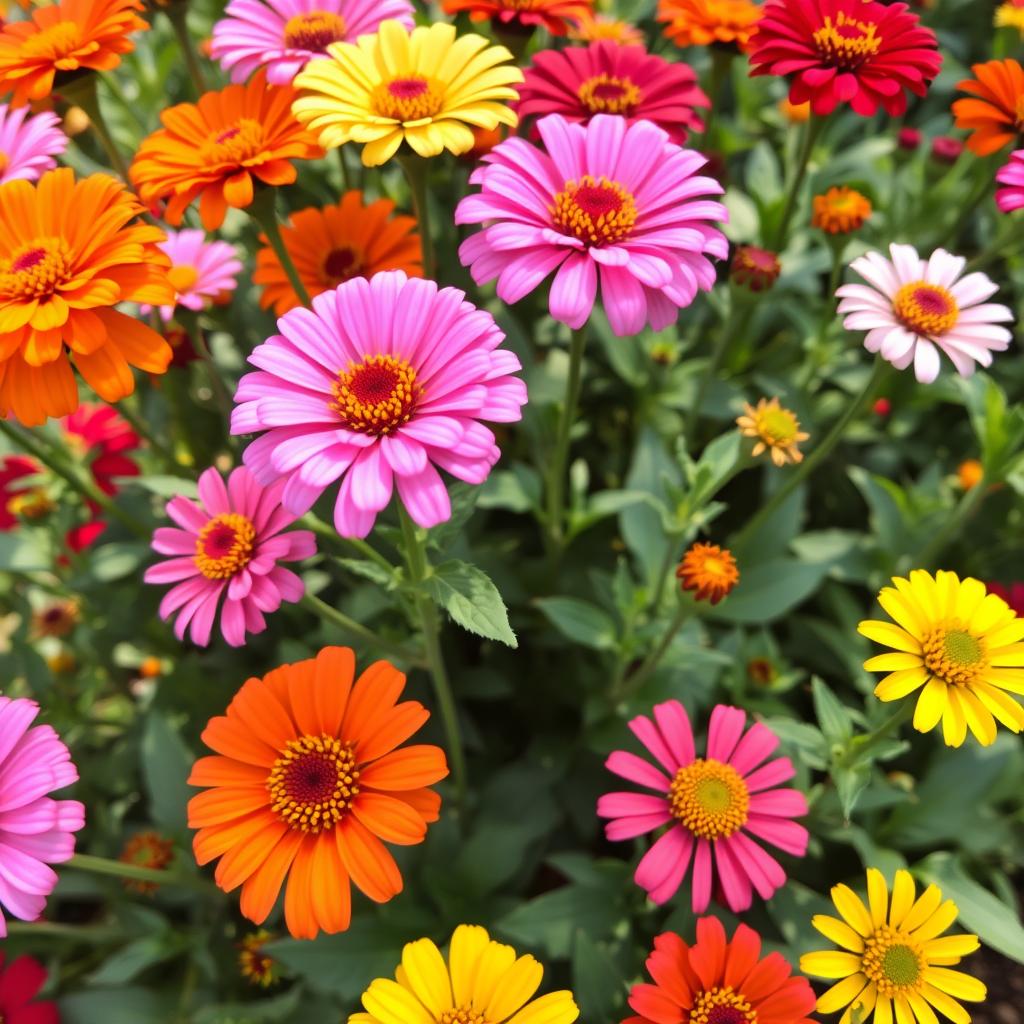
These cheerful flowers bloom in a rainbow of colors and continue flowering through heat and drought. They attract butterflies and make excellent cut flowers while requiring minimal water once established.
Cosmos (Cosmos bipinnatus)
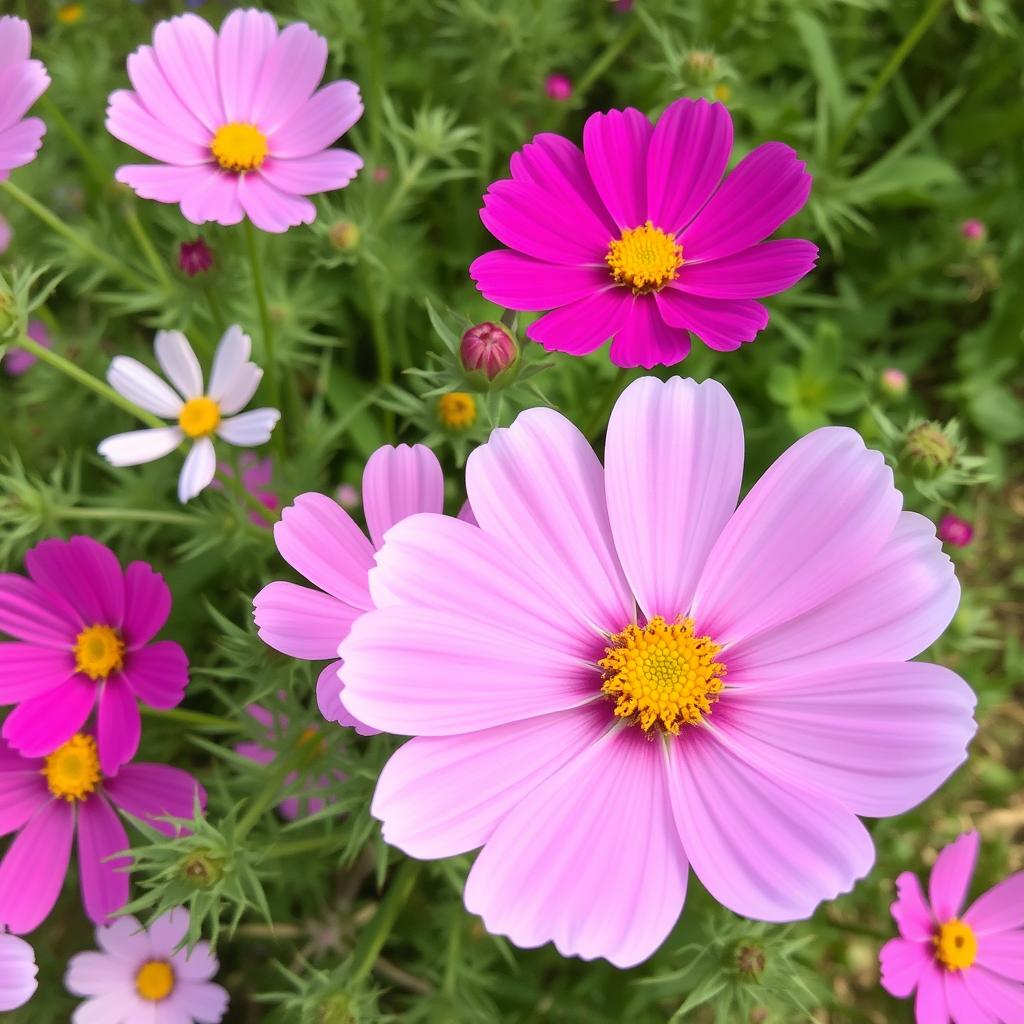
With delicate, ferny foliage and daisy-like flowers, cosmos add height and movement to dry gardens. They’re extremely drought-tolerant once established and often self-seed for future seasons.
Marigold (Tagetes spp.)
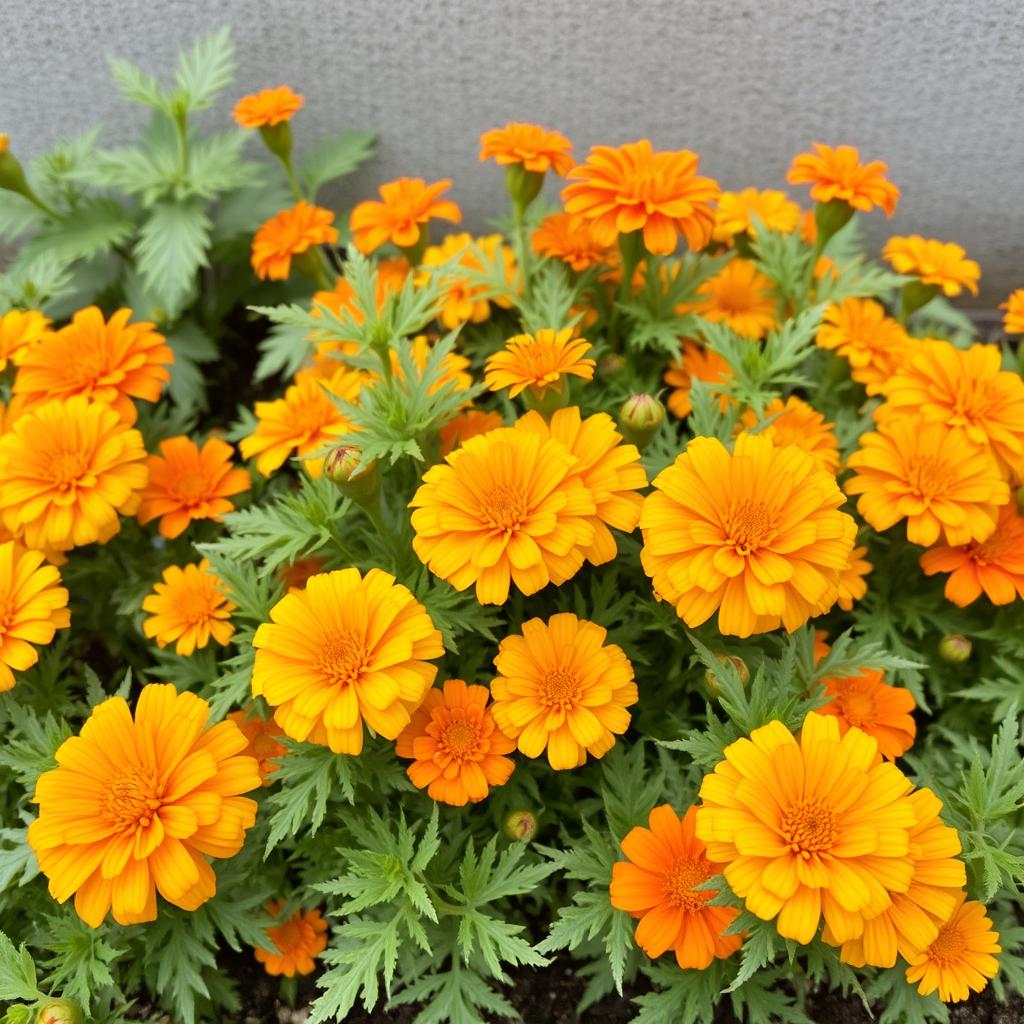
These tough annuals produce abundant orange, yellow, or red blooms throughout the season. They tolerate heat and drought exceptionally well and may help deter certain garden pests.
Globe Amaranth (Gomphrena globosa)
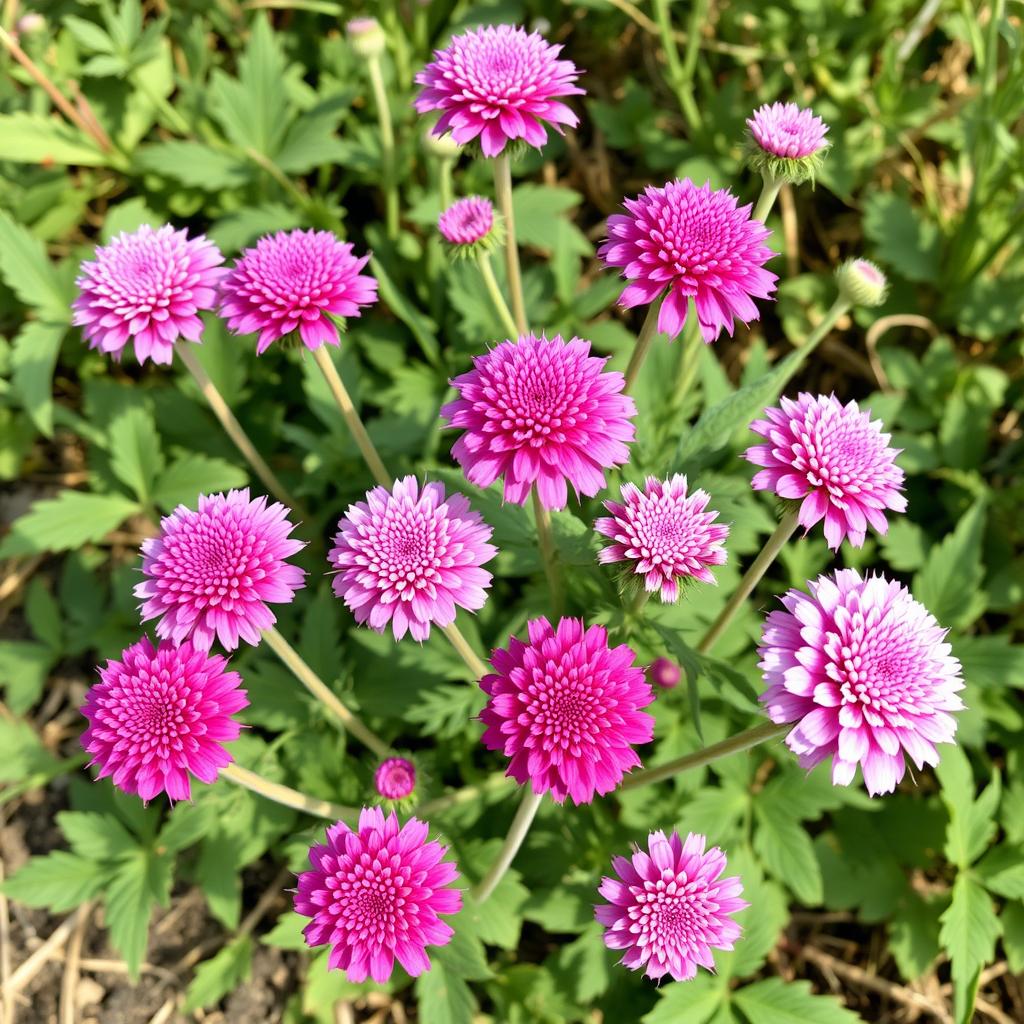
These charming plants produce clover-like blooms in purple, pink, or white that hold their color even when dried. They’re exceptionally heat and drought-tolerant and bloom continuously through summer.
Portulaca (Portulaca grandiflora)
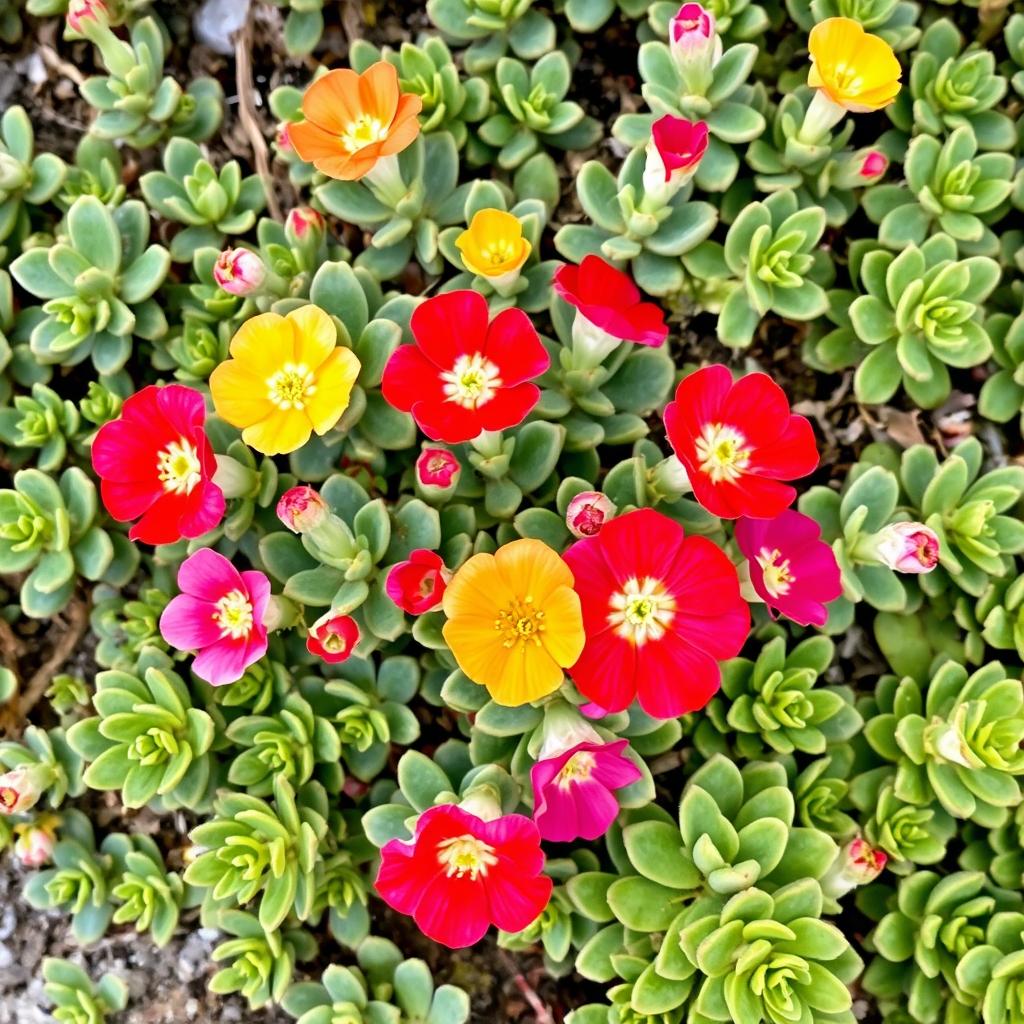
Also called moss rose, this low-growing annual has succulent foliage and produces abundant rose-like flowers in bright colors. It thrives in hot, dry conditions and works well in containers or as a ground cover.
California Poppy (Eschscholzia californica)
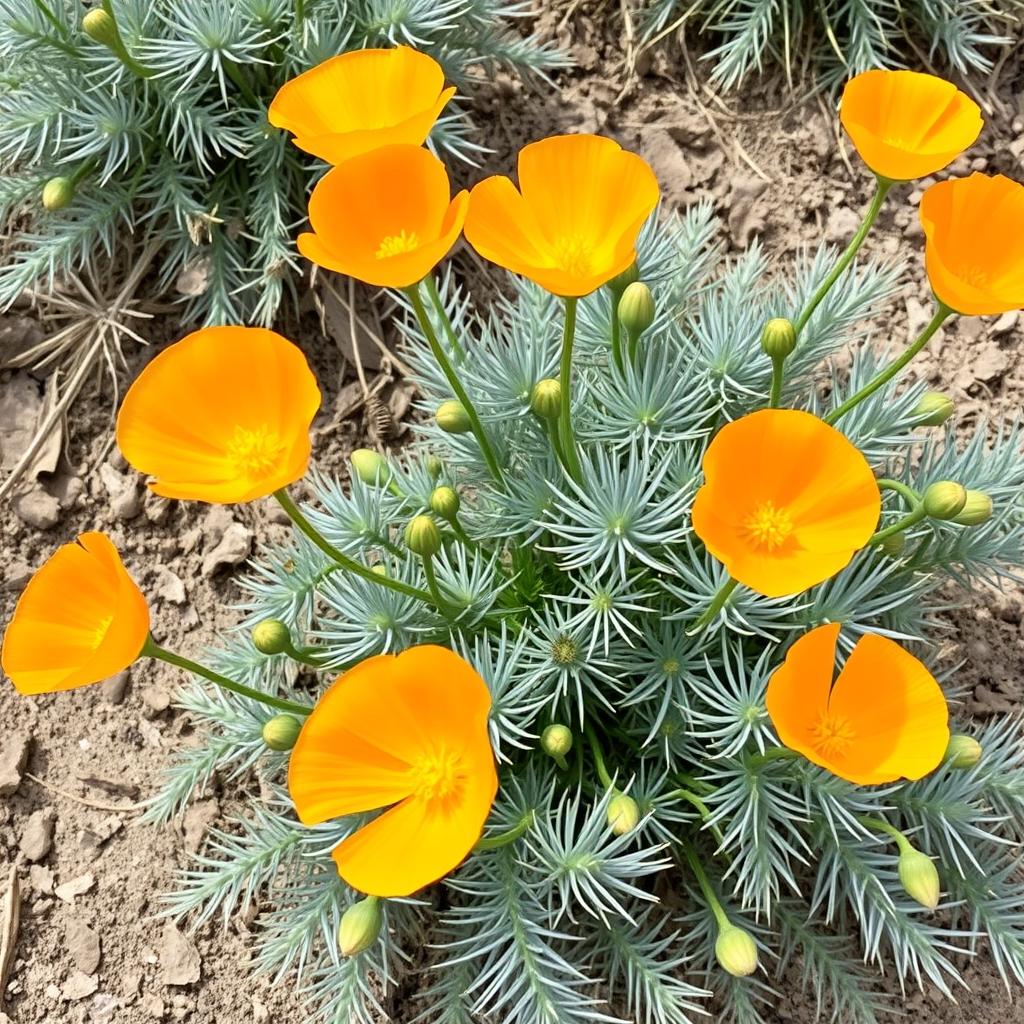
These native wildflowers produce brilliant orange or yellow cup-shaped blooms above blue-green foliage. They’re extremely drought-tolerant, often self-seed, and go dormant during the hottest periods.
Design Tips for Using Annual Drought-Resistant Plants
Many drought-resistant annuals are prolific self-seeders. To encourage natural reseeding, avoid heavy mulching in areas where you want them to return and leave some spent flowers at the end of the season.
- Use drought-resistant annuals to fill gaps between young perennials while they’re establishing
- Create seasonal focal points with masses of single varieties for maximum impact
- Combine annuals with similar water needs in containers for portable color
- Consider the mature height when placing annuals – taller varieties like cosmos work well as backdrops
- Deadhead regularly to encourage continuous blooming and prevent unwanted self-seeding
While drought-resistant annuals need less water than typical garden annuals, they still benefit from consistent moisture during their establishment period. Once flowering begins, most can tolerate significant dry periods with minimal supplemental watering.
Combining Perennial and Annual Drought-Resistant Plants
The most successful dry gardens often combine drought-resistant perennials and annuals to maximize benefits while minimizing limitations. This strategic approach provides year-round structure with seasonal bursts of color and interest.
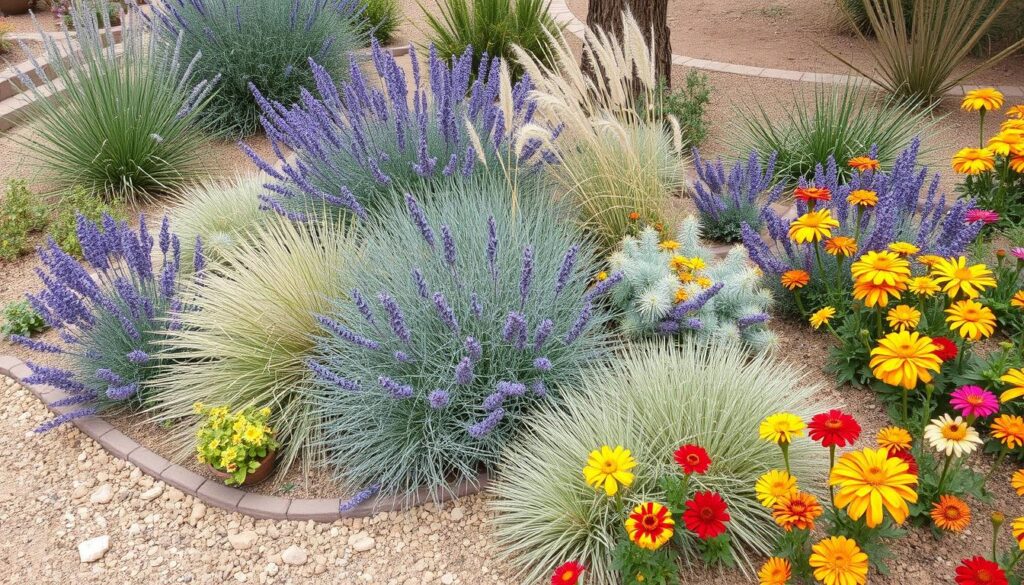
Synergy Strategies for Drought-Resistant Gardens
Layered Planting Approach
Create a foundation of drought-resistant perennials that provide year-round structure and visual interest. Use these as the “bones” of your garden design. Then layer in drought-resistant annuals to fill gaps, add seasonal color, and create focal points during their blooming period.
This approach allows you to maintain a consistent garden framework while enjoying the flexibility to change seasonal accents each year. It also provides insurance against plant losses – if a perennial fails, annuals can temporarily fill the space while you establish a replacement.
Succession Planting for Continuous Interest
Plan your garden to feature different plants throughout the growing season. Select perennials with staggered blooming periods and complement them with annuals that peak at different times. This creates a garden that evolves through the seasons rather than having a single spectacular moment followed by decline.
For example, pair spring-flowering perennials like penstemons with late-summer bloomers like sedum, then fill the summer gap with heat-loving annuals like zinnias and globe amaranth. This approach ensures your garden remains visually interesting throughout the growing season.
Effective Plant Combinations for Dry Gardens
- Silver and Purple Theme: Combine silver-leaved perennials like lavender and artemisia with purple annual salvias and verbena for a cohesive, drought-resistant color scheme
- Warm Color Palette: Pair orange and yellow perennials like yarrow and coreopsis with annual marigolds and zinnias for a vibrant, sun-loving display
- Textural Contrast: Combine spiky perennials like yucca or agave with soft, mounding annuals like portulaca or sweet alyssum
- Pollinator Paradise: Mix nectar-rich perennials like salvia and echinacea with annual cosmos and sunflowers to attract and support beneficial insects
- Edible Dry Garden: Integrate perennial herbs like rosemary and thyme with annual vegetables like cherry tomatoes and bush beans for a productive, water-wise space
Maintenance Guide for Mixed Drought-Resistant Gardens
Water-Efficient Irrigation Tips: Consider installing a drip irrigation system with separate zones for perennials and annuals. This allows you to provide more frequent water to annuals during their establishment while maintaining a less frequent schedule for established perennials.
Seasonal Maintenance Calendar
| Season | Perennial Care | Annual Care |
| Spring | Cut back dead growth, divide overcrowded plants, apply light mulch | Sow seeds or plant seedlings after last frost, water consistently until established |
| Summer | Deadhead spent blooms, provide deep watering during extreme heat | Deadhead regularly, provide consistent moisture, apply light feeding if needed |
| Fall | Reduce watering, leave seed heads for winter interest and wildlife | Allow some flowers to set seed if self-seeding is desired, remove others |
| Winter | Minimal watering during dormancy, protect sensitive species if needed | Plan next year’s annual displays, order seeds |
By thoughtfully combining perennial and annual drought-resistant plants, you can create a garden that conserves water while providing year-round beauty. The perennials offer stability and structure, while the annuals provide flexibility and seasonal highlights – together creating a dynamic, sustainable landscape.
Step-by-Step Guide to Creating a Drought-Resistant Garden
Establishing a successful drought-resistant garden requires thoughtful planning and preparation. Follow these steps to create a water-efficient landscape that combines the best qualities of perennial and annual drought-resistant plants.
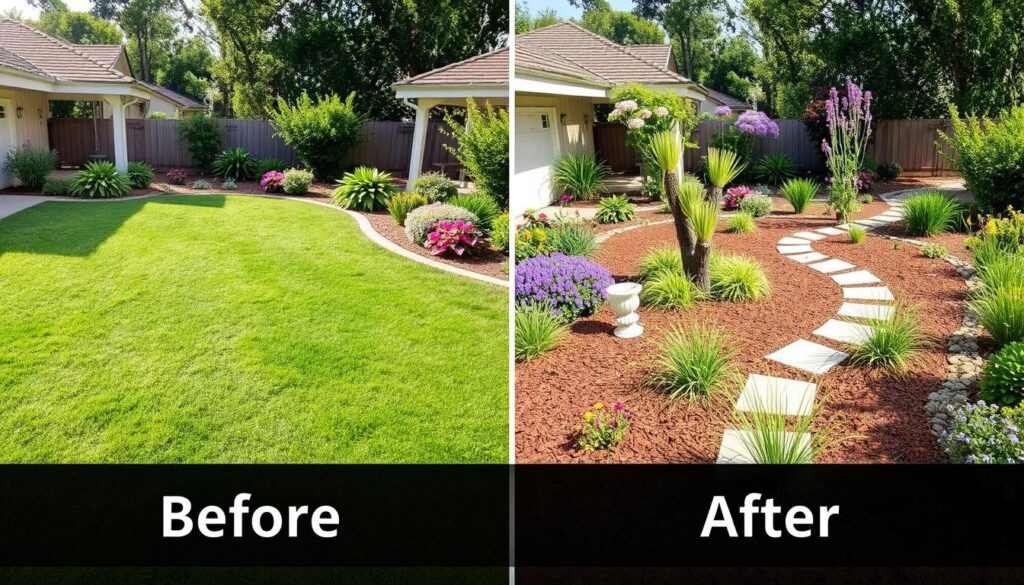
Planning Your Drought-Resistant Garden
-
Assess your site conditions
Observe your garden area throughout the day to identify sun patterns, existing drainage issues, and microclimates. Note areas that receive full sun, partial shade, or full shade, as this will influence plant selection. Also identify any naturally moist or dry spots in your landscape.
-
Determine your plant ratio
Decide on the balance between perennials and annuals based on your maintenance preferences and design goals. A good starting point for drought-resistant gardens is 70-80% perennials for structure and sustainability, with 20-30% annuals for seasonal color and flexibility.
-
Create a planting plan
Sketch your garden area and place plants according to their mature size, water needs, and visual characteristics. Group plants with similar water requirements together (hydrozoning) to maximize irrigation efficiency. Plan for year-round interest by selecting plants with staggered blooming periods.
-
Prepare the soil properly
Even drought-resistant plants benefit from good soil preparation. Remove existing turf or vegetation, then amend heavy clay soils with compost to improve drainage. For sandy soils, add organic matter to improve water retention. Avoid over-amending native soil for plants that naturally prefer lean conditions.
Installation and Establishment
Best Planting Time: For most drought-resistant plants, fall or early spring planting allows roots to establish before summer heat arrives. This timing significantly increases survival rates and reduces water needs during the critical first year.
-
Install irrigation if needed
While drought-resistant plants need less water, an efficient irrigation system helps during establishment and extreme conditions. Drip irrigation or soaker hoses deliver water directly to roots with minimal waste. Consider installing separate zones for perennials and annuals to accommodate their different water needs.
-
Plant perennials first
Install perennial plants according to your design plan, spacing them based on their mature size. Plant at the same depth as they were in their containers, and create a slight basin around each plant to collect water. Water thoroughly after planting.
-
Add annual accents
Once perennials are established, fill gaps with drought-resistant annuals. These provide immediate color while perennials develop. Plant annuals after the last frost date in your area, and water consistently until they show new growth.
-
Apply appropriate mulch
Mulch helps conserve moisture, suppress weeds, and moderate soil temperature. For most drought-resistant gardens, apply 2-3 inches of organic mulch like wood chips or bark, keeping it away from plant stems. In extremely dry regions, consider inorganic mulches like gravel or decomposed granite.
Long-Term Maintenance for Success
-
Establish a watering schedule
During the first year, water perennials deeply once or twice weekly, depending on weather conditions. For annuals, water more frequently until established, then reduce gradually. By the second year, most perennials should need water only during extended dry periods.
-
Practice proper pruning
Deadhead annuals regularly to encourage continuous blooming. For perennials, remove spent flowers as needed and perform any major pruning during dormant periods. Leave some seed heads in place for winter interest and wildlife value.
-
Monitor and adjust
Observe your garden throughout the seasons and make notes about what thrives and what struggles. Be prepared to relocate plants that aren’t performing well or replace them with better-adapted species. This ongoing refinement leads to an increasingly resilient garden over time.
Ready to Transform Your Garden?
Start small with a single drought-resistant bed that combines structural perennials with colorful annuals. As you gain confidence and see success, you can gradually expand your water-wise landscape.
Frequently Asked Questions About Perennial vs Annual Drought-Resistant Plants
Do drought-resistant plants need any water at all?
Yes, all plants need water, even drought-resistant varieties. The difference is that drought-resistant plants can survive with significantly less water once established. During their first growing season, both perennial and annual drought-resistant plants need regular watering to develop healthy root systems. After establishment, most can thrive with minimal supplemental irrigation during all but the most extreme dry periods.
How long does it take for perennial drought-resistant plants to become established?
Most perennial drought-resistant plants take 1-2 growing seasons to become fully established. During this period, they focus energy on developing extensive root systems rather than abundant top growth. While they may not look impressive initially, this investment in roots enables their long-term drought tolerance. Providing consistent moisture during this establishment phase is crucial for future success.
Can I grow drought-resistant plants in containers?
Yes, many drought-resistant plants perform well in containers, though they’ll need more frequent watering than those planted in the ground. Containers with drought-resistant annuals like portulaca, lantana, and zinnias work particularly well. For perennials in containers, choose smaller varieties of succulents, lavender, or ornamental grasses. Use a well-draining potting mix, and consider adding water-retaining crystals for improved moisture management.
Will drought-resistant annuals come back next year?
While annual plants complete their life cycle in one season, many drought-resistant annuals are prolific self-seeders that may return the following year. Species like California poppies, cosmos, and cleome often self-sow readily if some seed heads are left in place at the end of the season. However, the exact placement and quantity of volunteer seedlings will vary, so for a planned design, it’s best to supplement self-sown plants with additional seeding or transplants.
Do drought-resistant plants need special soil?
Many drought-resistant plants actually prefer lean, well-draining soil over rich garden soil. Excessive fertility can cause some drought-resistant perennials to grow too quickly, becoming floppy and requiring more water. When preparing soil for drought-resistant plants, focus on improving drainage rather than adding nutrients. For most species, amending heavy clay with some compost and grit will create better conditions than rich, water-retentive soil.
Conclusion: Creating a Balanced Drought-Resistant Garden
The choice between perennial and annual drought-resistant plants isn’t an either/or proposition – the most successful water-wise gardens incorporate both types strategically. Perennials provide the enduring framework and long-term sustainability, while annuals offer seasonal flexibility and immediate impact.
By understanding the unique characteristics and benefits of each plant type, you can create a garden that conserves water while delivering year-round beauty. Start with a foundation of well-chosen drought-resistant perennials that match your climate and soil conditions. Then, enhance this structure with carefully selected drought-resistant annuals that complement the perennials in color, texture, and blooming period.
Remember that even the most drought-resistant garden requires some care, especially during establishment. Invest time in proper planning, soil preparation, and initial watering to set your plants up for success. With patience and observation, your drought-resistant garden will become increasingly resilient and beautiful with each passing season.
Start Your Drought-Resistant Garden Journey
Begin by selecting a few compatible perennial and annual drought-resistant plants that appeal to you. Experiment with different combinations to discover what works best in your specific conditions.
Will is a vertical gardening enthusiast and sustainable cultivation specialist with a passion for helping people grow fresh food in small spaces and dry climates. With years of hands-on experience testing smart irrigation systems, optimizing urban gardens, and exploring eco-friendly solutions, this author shares clear, practical tips to turn any corner into a productive garden. Whether on a sunny balcony or in a compact backyard, Will helps readers save water, maximize space, and enjoy healthy harvests year-round. When not tending to his plants, you’ll find him sipping herbal tea and sketching ideas for new sustainable projects.

